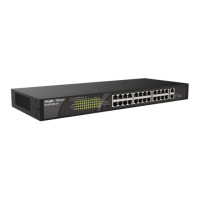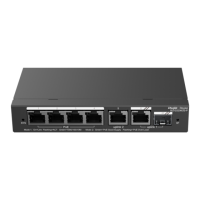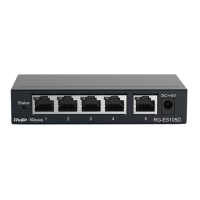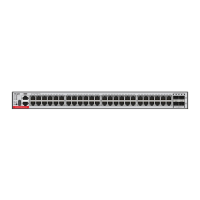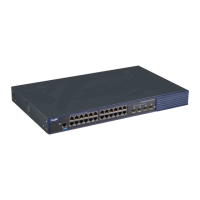Web-based Configuration Guide Port Settings
7
2.2.2 Port Status
Users can view the configuration status of the port attributes and check whether these configurations are active,
including the port rate, duplex mode, and flow control status.
2.3 Port Mirroring
2.3.1 Overview
In network monitoring and troubleshooting scenarios, users need to analyze data traffic on suspicious network
nodes or device ports. When port mirroring is enabled, packets received and transmitted on the source port will
be mirrored to the mirror port (destination port). Users can monitor and analyze the packets on the mirror port
through network analyzer without affecting the normal data forwarding of the monitored device.
As Figure 2-1 shows, by configuring port mirroring on Device A, the packets on Port 1 are mirrored to Port 10.
Though the network analyzer is not directly connected to Port 1, it can receive all packets on Port 1 and is able
to monitor the data traffic on Port 1.
Figure 2-1 Operating Principle of Port Mirroring
2.3.2 Configuration Steps
Choose Switch Settings > Port Mirroring.
Select the source port, the monitoring direction, and the mirror port, and click Save. The device supports
configuring one port mirroring rule.
If you want to delete port mirroring configuration, click Delete.
Caution
● You can select multiple source ports but only one mirror port. The source ports cannot contain the mirror
port.
● For RG-ES205C-P, RG-ES205GC-P, RG-ES209C-P, RG-ES209GC-P switches, the mirror port only
supports packet capture and cannot transmit data with switches.
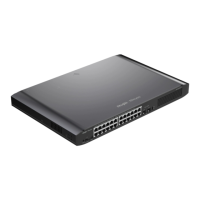
